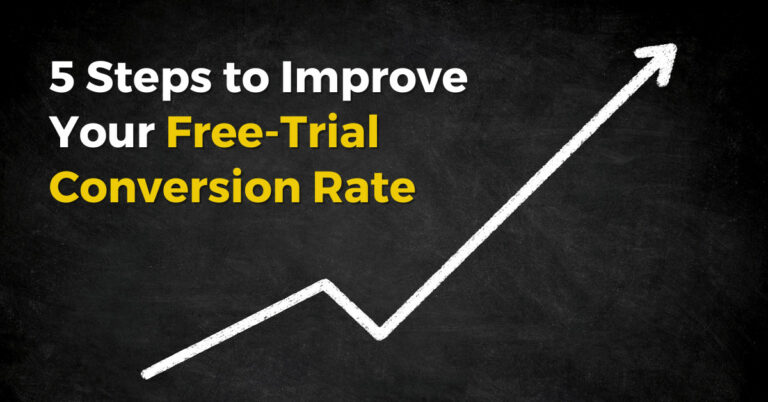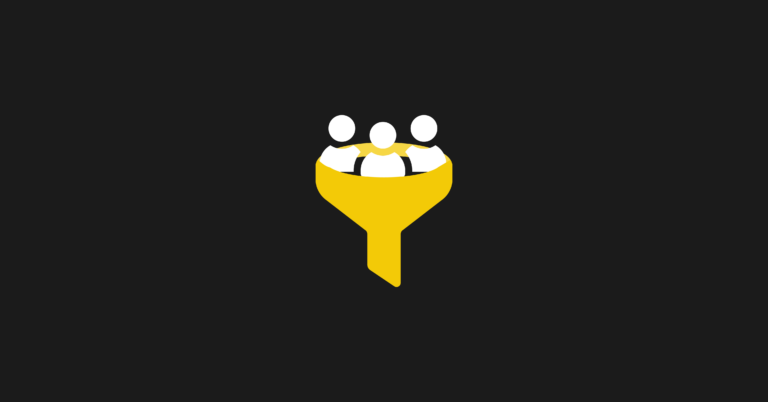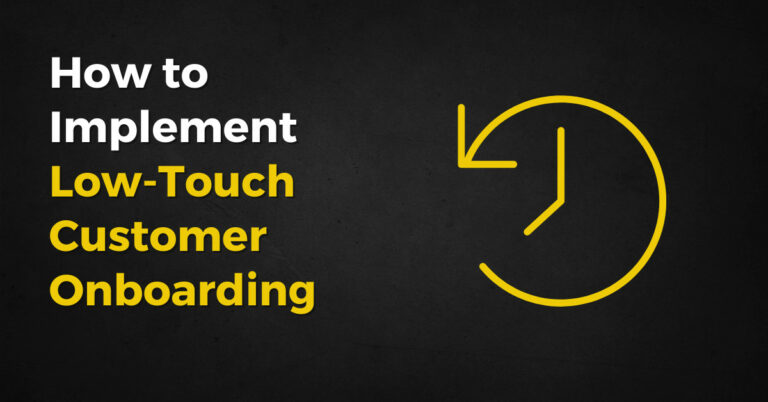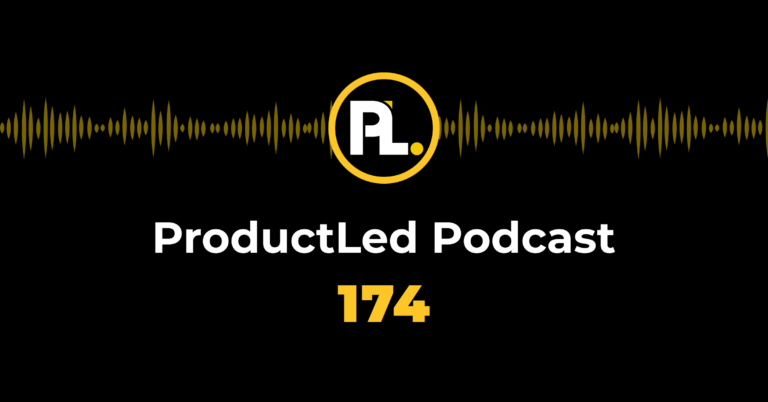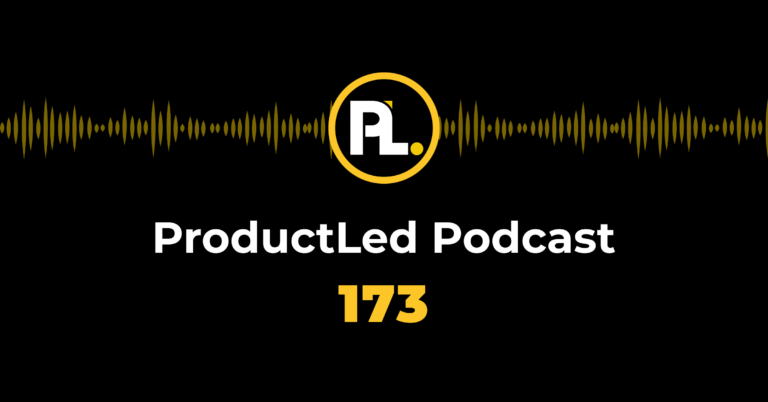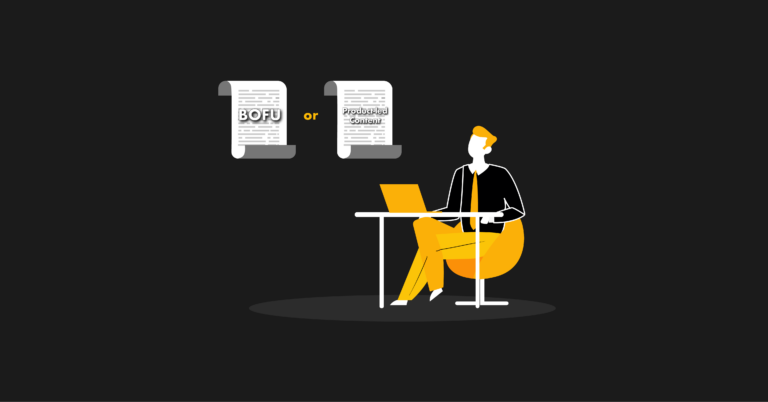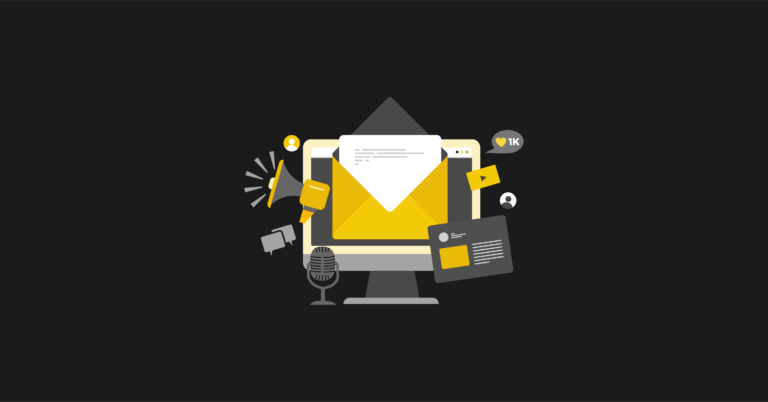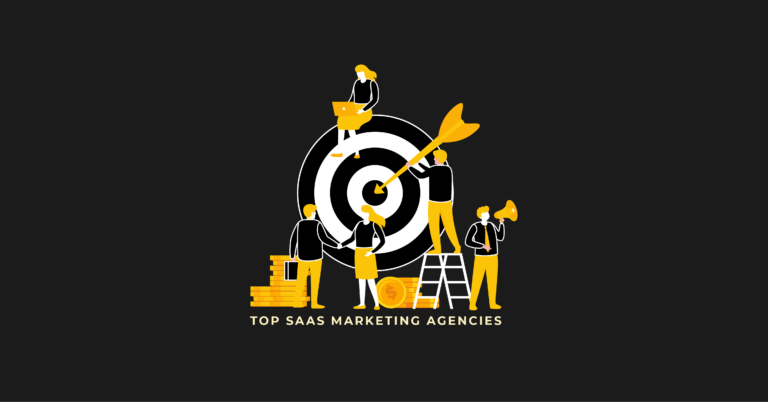I have a radical idea for you: cold pitching, at its core, is engineered for results. If your cold pitches aren't helping increase user registration for your app, and don't seem to be engineered to get those results, watch this video or read on:
Why send 1:1 cold pitches about your free trial?
Many people shy away from cold pitches because it is difficult to get a response from someone you have no relationship with yet. However, I believe that cold pitches are engineered for results, especially for SaaS.
My belief is firmly backed by "The Rule of One," which is a copy principle that states the best marketing materials include copy based on four principles:
- One reader
- One offer
- One big idea
- One promise
First, let's focus on the idea of having one reader. Every piece of copy you create should have one intended reader. Every sales page, every email, every Facebook ad.
Most emails are sent to a mass list. Emails are still super effective because it's high touch; you can personalize and segment so every message feels personal.
But, the fact remains that when you send a good cold pitch, you're sending it to one person. While the Rule of One is to pretend you're talking to one person, with cold email, you're actually talking to one person.
You can get hyper specific and hyper persuasive, so you get lots of new free trial users.
The caveat: 1:1 cold email takes time and effort. Since you're only sending it to one person at a time, it does not scale.
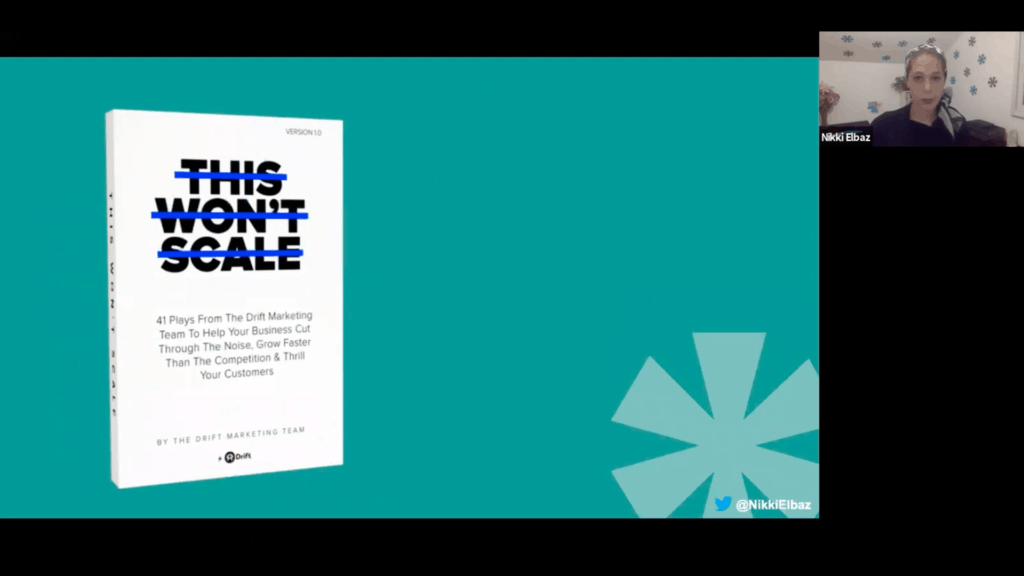
But in this case, you don't need scale - you need results that can scale.
(Want to send cold pitches at scale? Register now for my talk at this year’s ProductLed Summit: ‘Yes, cold email still works at scale’)
Successful cold pitching to drive people into your free trial is a two-step process: 1) you pitch one person who has a large audience so you can 2) piggyback on their list. Unlike scaled cold pitching, you're not pitching the actual people you want to sign up.
For 1:1 cold email to be effective at bringing new people to your product, you need to pitch one influential person who can collaborate with you and give you more subscribers.
So, what type of cold email should you send to an influential person? Here are a few ideas to help get you started:
- Pitch potential affiliate partnerships
- Offer to provide content to their list, such as a webinar, eBook, or blog post, etc.
- Reach out to an influencer in hopes they will use your product and share it with their audience
At this point, you might be sold on the idea that 1:1 cold pitching can be effective – after all, they are engineered for results because they’re one-to-one personalized communication. They’re perfectly customized to its recipient.
But, you might also be thinking how much you hate receiving cold pitches, and that they are annoying, disruptive, rude, and irrelevant. Yes, it's true – most cold pitches are really bad. But what makes them fail?
How to avoid sending a cold pitch that fails
Another copy principle from direct response is the 40/40/20 rule. For a marketing effort to succeed, it needs to be built on three things:
- The list (who you’re sending it to)
- The offer (what you are offering)
- The copy (how it’s presented)
When cold emails fail, they're often missing one or more of these three components.
Let's learn how to get those elements right so you can get more people to your signup page. First, we'll start with my favorite, the copy:
How to get responses from your cold emails with copy
To get new product signups from your cold email, your copy must be:
- intriguing,
- enticing,
- and incredibly easy.
How do you make your pitch intriguing? Use proven copywriting formulas that tap into human psychology.
How do you make them enticing? Use persuasion principles that tap into human psychology.
How do you make them incredibly easy? Optimize your CTA.
Intriguing Email Copywriting Formulas
I find these three formulas to work best for email, and the first two are especially good for cold pitches:
- PAS (Pain-Agitation-Solution)
- AIDA (Attention-Interest-Desire-Action)
- PPPP (Picture-Promise-Prove-Push)
I'm not going to explain how to use these formulas specifically for your app, as it's not very important which formula you choose, or even how closely you follow it.
What is important is that each of these formulas follows a storyline. You want to make sure that your email has a structure that pulls the reader in, tells them a story, and then convinces them that your product is THE solution.
It is not compelling to write why you're giving them the opportunity to help sell your product. It's very "me"-focused and doesn't show the reader why they should care.
Instead, use a formula, and lay out step by step what's in it for them.
Use Persuasion
Once you have them intrigued, you need to pull some levers to get them to say yes. That means using persuasion principles.
Robert B. Cialdini wrote Influence: The Psychology of Persuasion, which is not only a very important book for improving marketing campaigns, but also a fascinating read.
In his research, he found seven principles of persuasion. You should layer three of them into your cold pitch:
1. Likability
People do business with people they like. Throw in some flattery or commonalities and your pitch will be more enticing.
2. Scarcity
Scarcity is important because of decision deference - humans hate decisions. It's so much easier to let something go and put off making a decision than it is to say, "Yes!" (or even "No") to something. The worst thing for your cold pitch is to get deleted. But it's almost as bad to get shoved down an overflowing inbox, never to be thought of again.
If you give people a deadline, or a limited number of registration spots left, they can't just defer the decision. They know that by giving the decision time, they're essentially saying no. So they need to decide whether or not they want to say no.
There are some caveats to using this principle. You need to be careful that you are not too limited in your registration scarcity. They may need time to decide and think things through because they don't know you. Also, the product you're offering may be something that they didn't even know they needed.
Your scarcity needs to walk a fine line between giving them a reason to make a decision now, and giving them time to think it over.
The next caveat is not to lie. Don't be sleazy and say there are limited slots left if that's not true. We can all spot a fake countdown timer on a landing page.
3. Commitment
This is my favorite principle. It's based on the fact that we humans like to follow through with what we believe about ourselves and with what we've claimed to others.
We like to look at ourselves as consistent to our commitments.
If you open your email with a statement that they can easily get behind, and then close your pitch with an offer that supports that statement, they need to say yes to your offer to "prove to themselves" that whatever they agreed to is true.
This is very powerful. For example:
You have a proposal software and you are pitching Copyhackers to present a tutorial to craft the perfect freelancer proposal. You could open your email with something like this:
Jo,
From watching your Tutorial Tuesdays, it's clear to me that you value your audience's time and put in a lot of effort to give them content that they can implement right away.
...
This tutorial will give your audience three concrete tactics they can implement right away. It will really position you as a provider who values your audience's time and cares enough to put in the effort to only provide highly tactical content.
See how you're tying the two together?
Most everyone will agree with the first statement because there's no risk; it's just a compliment. But when they get to the pitch they need to continue that story of them being caring and conscientious. And that means they need to take you up on your offer.
Incredibly Easy: One CTA
The final ingredient to create an effective cold email that drives product signups is to make it incredibly easy. This means including only one CTA. More than one call to action encourages both distraction and decision deference.
Also, your one action needs to be easy:
- Easy to understand
- Easy to agree to
- Easy to set up
Easy to understand means clarity. Don't say, "How about we talk soon?" No one knows what that means. It's too vague. You need to be decisive and offer a clear option.
Easy to agree to means you're not asking too much of them when they're not fully committed yet. What is the minimum viable step you need from them? Think logically and ask them to do something simple.
Easy to set up means you are taking the weight of responsibility off of their shoulders. Don't ask them to book a date on your scheduling software; ask them to send you theirs. It's easier for them to send you a link than to compare calendars and choose a time.
Whatever it is you're asking them to do, make sure it's something they can very easily say yes to doing.
I could spend all day talking about copy, but let's move on to the next prong; the offer.
Getting the offer right
What is your offer? What do they stand to gain from taking you up on your pitch? You're hoping to get more subscribers for your product, but what's in it for them?
Remember, it's not about you when you're writing your pitch. Tell them what they're going to get out of the partnership. If your product solves a challenge their audience has, that's a great incentive to partner.
Once you have the outline of the offer, you're ready to optimize it.
Let's say you're pitching an affiliate partner. Can you offer them a lifetime subscription to your product? How can you customize the landing page for their customer?
Think about what you can add to your offer that will make it so tantalizingly compelling that they can't help but say yes, and include that in your pitch.
Finally, the last prong is your list:
The list is just one person
In this case, your list is one person, and that makes this step crucial. The time and effort is only going to one person, who will then provide you with lots of free trial signups, so choose that person wisely to get a big payoff.
So, how can you make sure you choose the right person? Here are a few things to keep in mind:
- Clout - find someone with an engaged audience willing to try what they recommend.
- Accessibility - try a lower level executive who will be regularly checking email.
- Relevance - find someone with an audience who cares about your offer.
Once you have found the perfect recipient, do your research! Your pitch should be both logical and emotional, which is where research comes into the equation. Research the person’s needs and find out what is missing from their business. Look at their website and find out as much as you can about their business and their subscribers. Then, use those data points to build a compelling and logical argument for your app.
Finally, remember that you are talking to a real human. Don’t shy away from appealing to their emotions. How can you be likable to this person? Be careful not to come across as creepy by sharing how much you stalked them. But there are lots of ways of builidng commonality that aren’t creepy: For example, if they use a lot of GIF’s on social media, why not include one in your email? Try to be personable without coming across as desperate.
How to optimize your cold emails
If you sent an email to a viable recipient and you haven’t heard back from them, send a follow-up email. Do not be aggressive or pushy about it. Think of a follow-up as an opportunity to sell yourself again. To do this, follow the advice I gave above on crafting intriguing, enticing, and easy copy. Don’t just send a reminder – send a second email that sells the benefits again.
Another great way to optimize your email is to gather feedback. When somebody doesn’t reply to a respectful cold email, they likely feel a little guilty about it. In turn, they are more likely to want to help you by completing the survey you sent them.
I suggest keeping your survey short with just one question - what prevented you from saying yes?
It’s a simple but powerful question. Make it easy for them to answer: don't send them to a landing page, let them answer right in the body of the email.
You can use the feedback to help optimize future cold emails and craft more compelling messages that drive product signups.
Now that you know how to make a great cold pitch with the right list, offer, and copy, what's stopping you from trying it?

